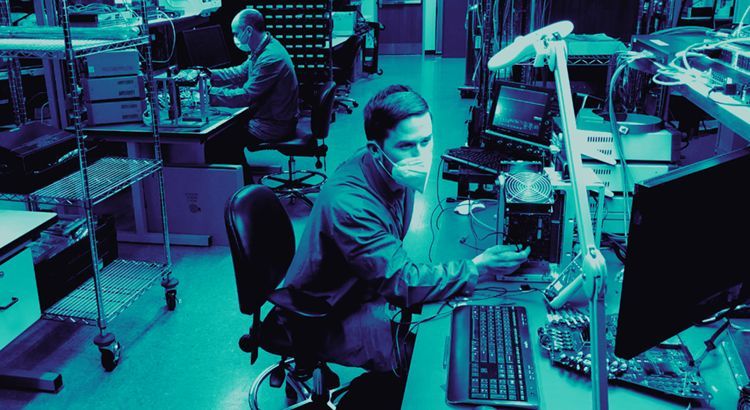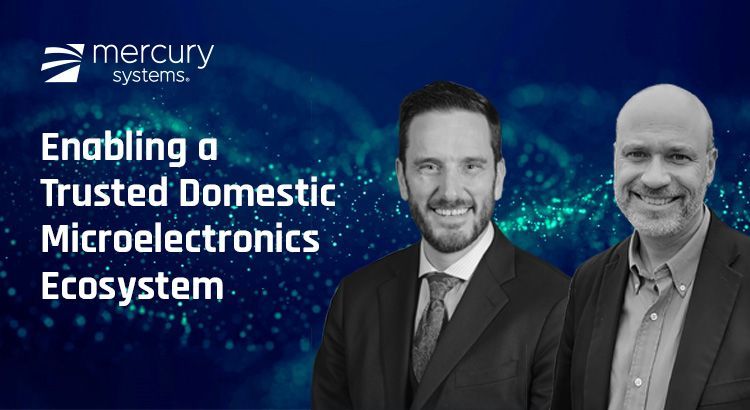
Building Trust As We Move Toward a Next Normal
Stephanie Georges, Senior Vice President & Chief Marketing Officer
April 30, 2020
As Winston Churchill said, “Never waste a good crisis.” Times of crisis in business can lead to overall improvement, and with the urgency around COVID-19 communications, Mercury Systems was faced with what I’d like to consider the “opportunity” to rethink the way we communicate within our organization. By flattening the decision-making process; altering the speed, mechanisms and cadence of conversation; operating with transparency in communications; and proving accountability, we have unlocked the trust of our team. And as we pivot and start to consider what the workplace looks like when we return, we must also consider how we will incorporate this new way of doing business as we move to the “next normal.”
So how did our evolution in communication begin?
Process. We broke down communication barriers in the early days of COVID-19. We recognized that we needed to be consistent and we needed to be constant. Most of all, we needed to be transparent. At the heart of the pivot was developing a series of tight processes and accountability in the MarCom team. As referenced in my previous blog, it became clear that one action team was not enough, that we needed several teams who were designed to be responsive for discrete areas of accountability. Our messages then populated all of our communications across all of our channels –allowing us to quickly scale and produce relevant, consistent, frequent content in every format.
Access. We activated a live video update between our CEO and our top managers, occurring as often as information needed to be disseminated – several times a week at first, then weekly. This provided an opportunity for managers to ask questions, voice concerns, share feedback and hear directly from leadership the decisions that had been made, what the response team was focused on, and what we required from this group. There was no anonymity. And while questions were few at first, with each gathering more questions and feedback emerged from the broader organization as managers engaged their teams by relaying messaging and content.
Tools. Managers were also given tools to share information with their teams: daily email updates and FAQs, prepared PowerPoint presentations summarizing the latest communications, previews of all employee communications, the opportunity to raise questions or concerns, and a survey following each weekly call to provide additional feedback to leadership. Feedback informed decision-making, which built trust and engendered more open communication and more feedback.
Accountability. In exchange, our CEO and leadership had to demonstrate they were listening to and acting on the feedback they received. By standing up new employee assistance programs, recording weekly all-employee video updates from the CEO, and fine tuning work-from-home capabilities, among other things, leadership was proving adaptability and encouraging teams to emerge more connected and resilient than ever before.
I read recently about moving from “panic to purpose” and it makes sense. As leaders, we must provide support, positive energy, and a sense of hope for the future to help nurture the trust we have built. We should also reinforce this through a renewed sense of relevance in times of uncertainty in accordance to and grounded by our purpose as we build a bridge to the next normal.







 Enabling a Trusted Domestic Microelectronics Ecosystem
Enabling a Trusted Domestic Microelectronics Ecosystem